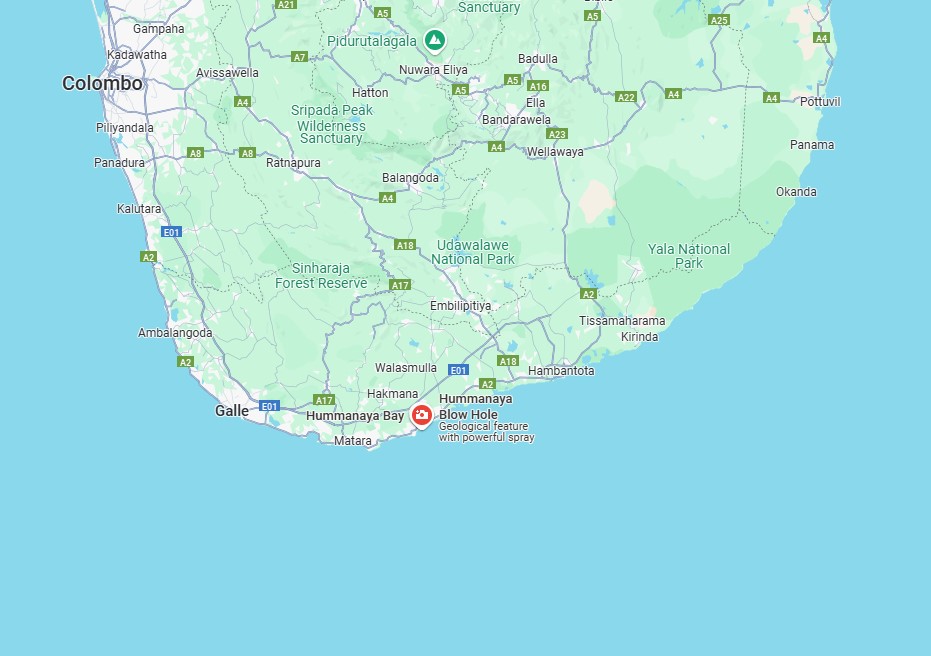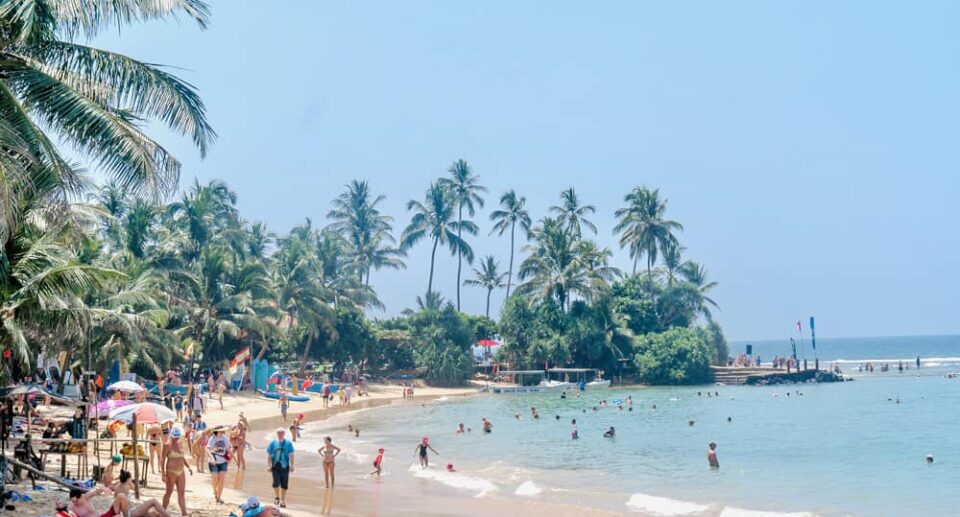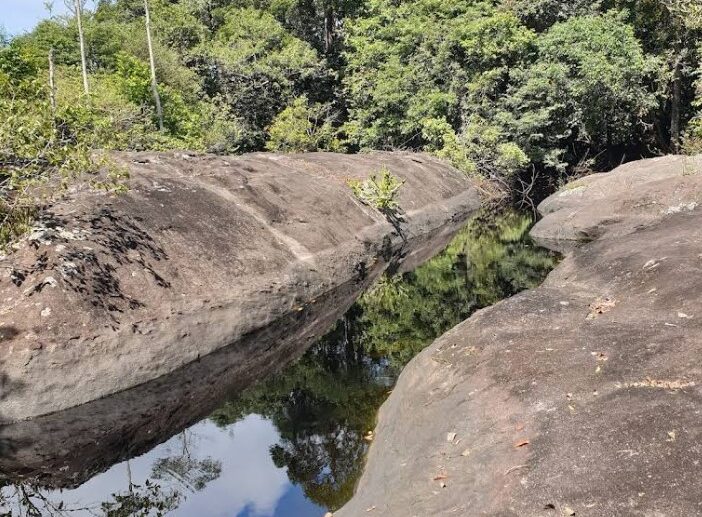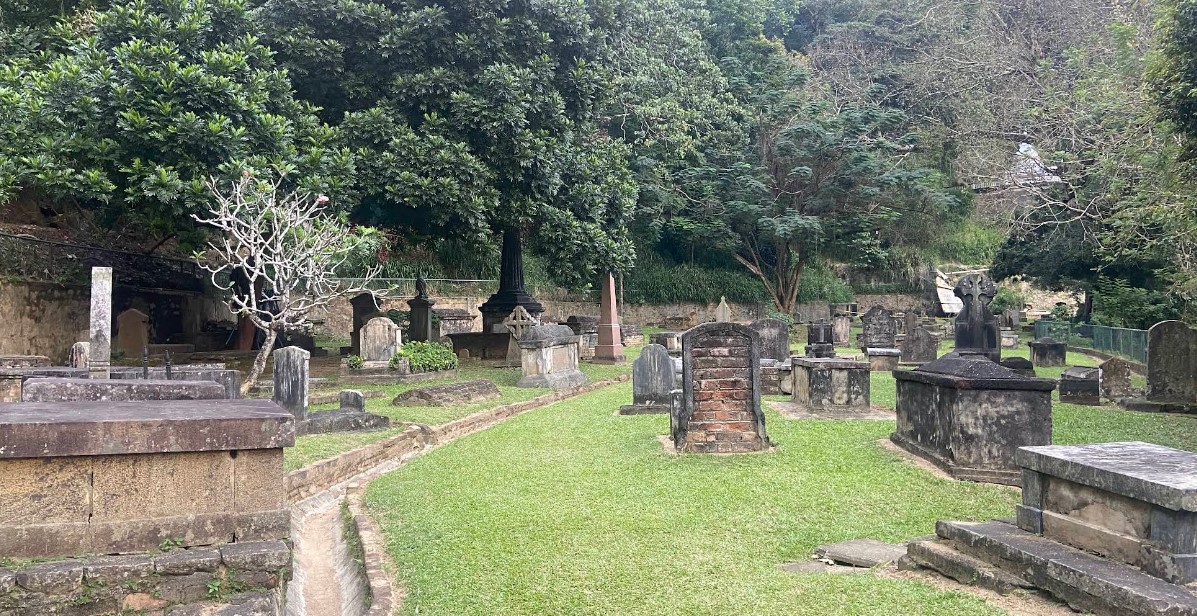Hummanaya: Blow Hole of Sri Lanka’s Natural Wonder
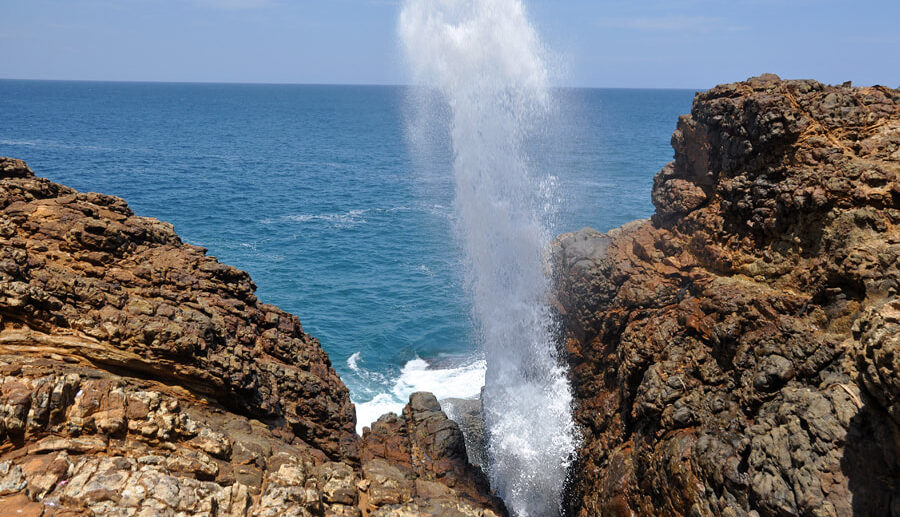
Nature’s Breathtaking Blowhole in Sri Lanka
Located on the southern Sri Lankan coast, in the tiny fishing village of Kudawella, near Dikwella in the Hambantota District, is a stunning natural sight known as Hummanaya. It is Sri Lanka’s sole known blowhole and one of the world’s only active blowholes, a geological and tourist rarity. The drumming, thunderous boom of water erupting high into the air through a natural crevice in a rock gives Hummanaya its name it derives from the Sinhala word “hummana,” which is the name for the deep, humming noise it produces.
Geographical and Geological Background
Hummanaya is located about 28 kilometers to the east of Matara and 5 kilometers inland from Dikwella town, and hence within easy reach of both domestic and international tourists along the southern coast. Geographically, the blowhole is through a narrow crevice in the rockline along the rocky coast and is due to waves from the ocean forcing water forcefully up through it with the creation of a column of water that shoots vertically up to 25–30 meters in ideal conditions.
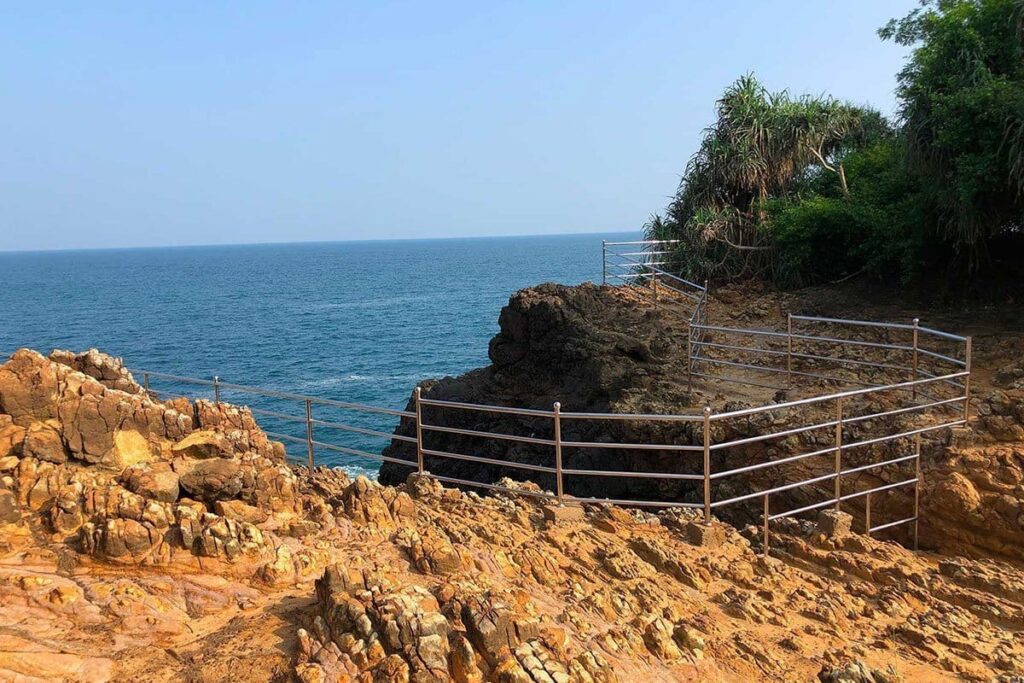
Blowholes like Hummanaya form over millennia with erosive energy. Waves pummel the rock, progressively wearing away weaker sections and forming an underwater or partially submerged pipe. When waves pour into the pipe during high tide or stormy seas, the trapped pressure forces seawater to move up through the surface opening, creating a geyser-like appearance.
The Science Behind the Spectacle
The physics of Hummanaya depends on beach erosion and wave hydraulics. As the waves pour into the submerged entrance forcefully, air in the cavity is compressed. When water and air rush upward through the surface crack, the result is a jet of water that sprays wildly upwards into the air, after which comes a deafening, echoing “hum.”
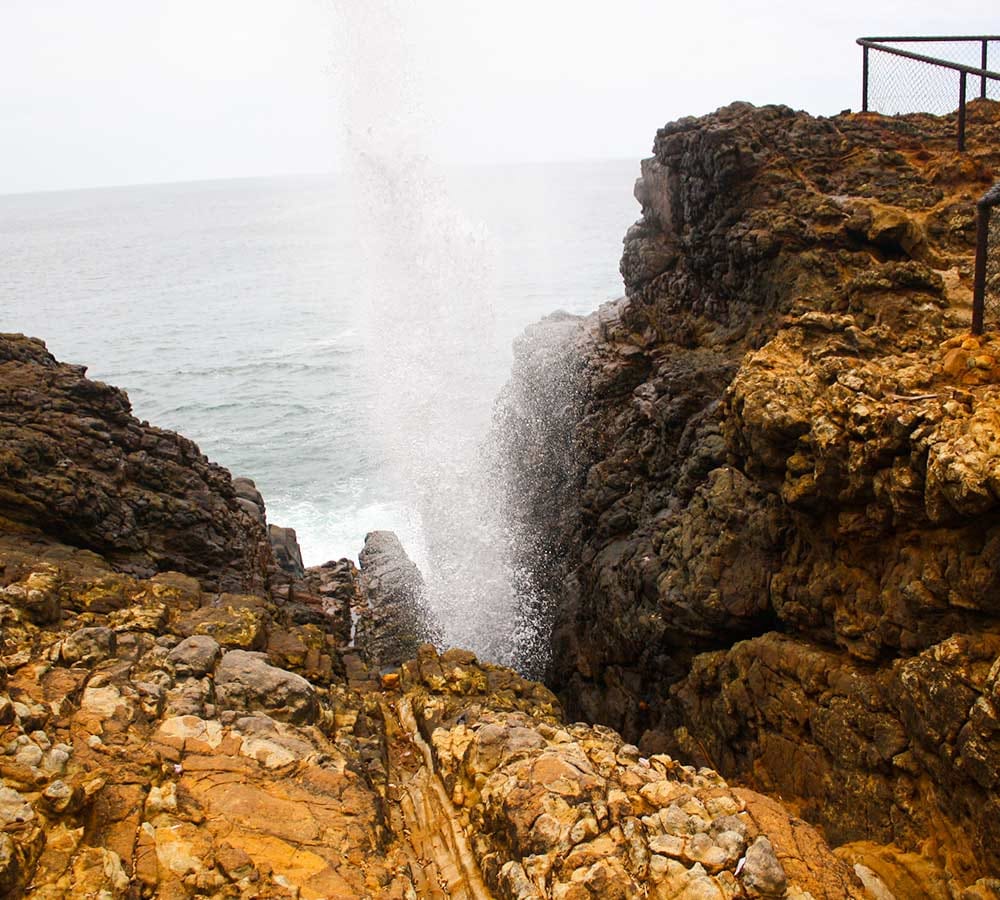
The force and height of the water spout depend on various factors:, Tide level (more forceful tides generate more forceful spouts),Wind direction, Wave size and force, Seasonal sea conditions (particularly strong during the southwest monsoon)
This makes Hummanaya a dynamic natural phenomenon, changing its response according to the temperament of the ocean.
Tourism and Visitor Experience
Hummanaya is a popular tourist destination with Sri Lankans and foreigners thronging to it. The best time to view the blowhole is during the southwest monsoon months (May to September) when the sea conditions are more agitated and there is greater water pressure created to produce great jets of water.
The Hummanaya Blowhole Visitor Centre, which is owned and operated by the Southern Provincial Council, functions to interpret the blowhole’s geology, history, and environmental significance. The site has been developed with: View platforms and safety fences, Interpretive signage, Shaded seats and pavilions, Local stalls selling refreshments and local handicrafts.
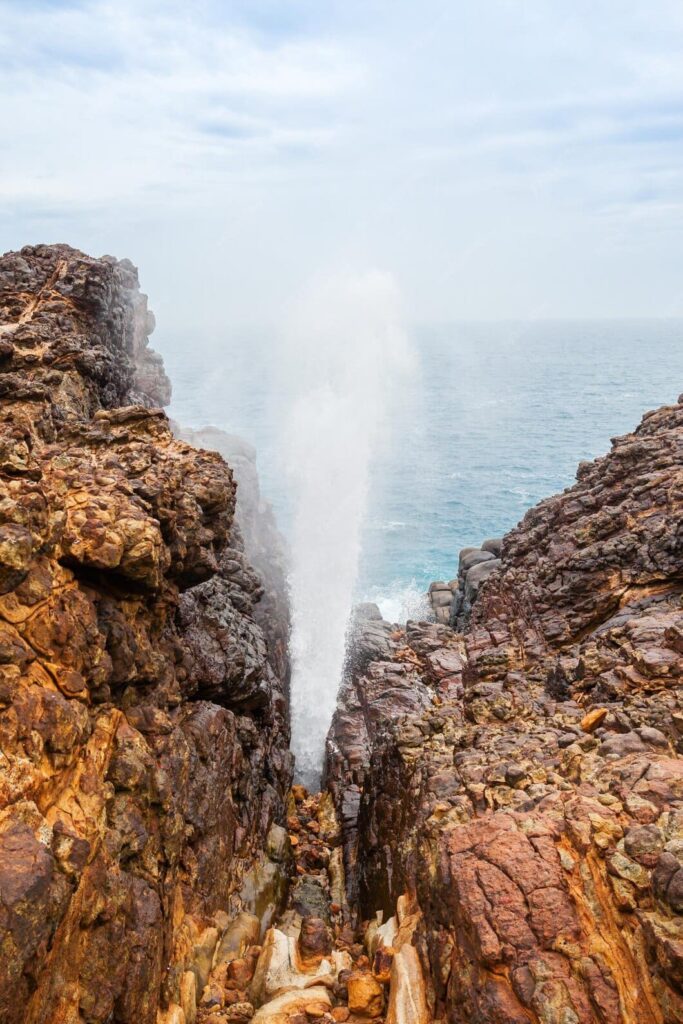
The 10–15 minute coastal walk from the parking area to the blowhole, along a rural town, provides for potential views of rural life. Visitors often hear the distinctive “hum” long before water spouts high into the air can be seen.
Cultural and Local Significance
Though Hummanaya is a geological marvel, it is also culturally important to indigenous communities. Locals in folklore believed that a section of the village thought the blowhole was a mythological sea creature or a divine phenomenon due to its thunderous noise and spectacular water jets.
It has a surrounding settlement that is home to predominantly fishing communities, many of whom obtain income from delivering tours, refreshments, or selling souvenirs. Hummanaya has not only attracted tourists but a source of economic livelihood and an object of pride for these local communities.
Environmental Importance and Conservation
Like many natural sights, Hummanaya is exposed to the pressures of human activity and environmental degradation. Increased tourism, trash, and pressure from encroaching building activities threaten the integrity of the ecosystem and depreciate the level of experience for visitors. Authorities and conservationists have called for: Educating tourists on decent behavior, Maintenance of a clean environment, Protection of the natural rock formations, Monitoring coastal erosion and marine diversity
There are also calls to conserve the sea environment in the nearby waters, which teem with tropical fish, corals, and other marine life. Sustainable tourism is necessary to protect Hummanaya from being sullied so that future generations may enjoy its beauty.
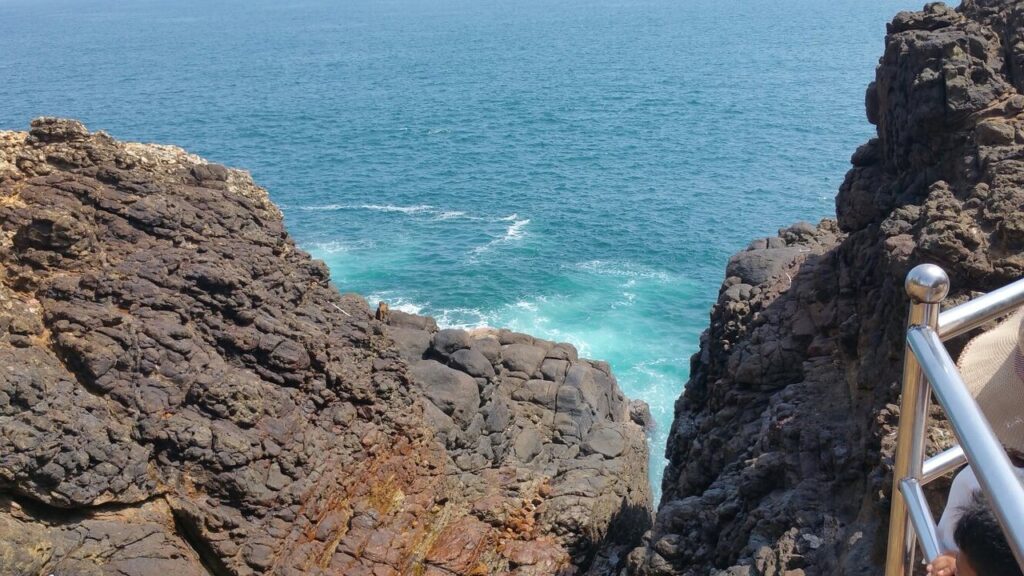
Hummanaya within Sri Lanka’s Natural Heritage
Sri Lanka is renowned for its geological diversity, natural beauty, and bio-diversity right from the mountains of Ella to the shores of Unawatuna. Hummanaya, in this context, is special not so much for its uniqueness but also because it represents the strength and elegance of nature.
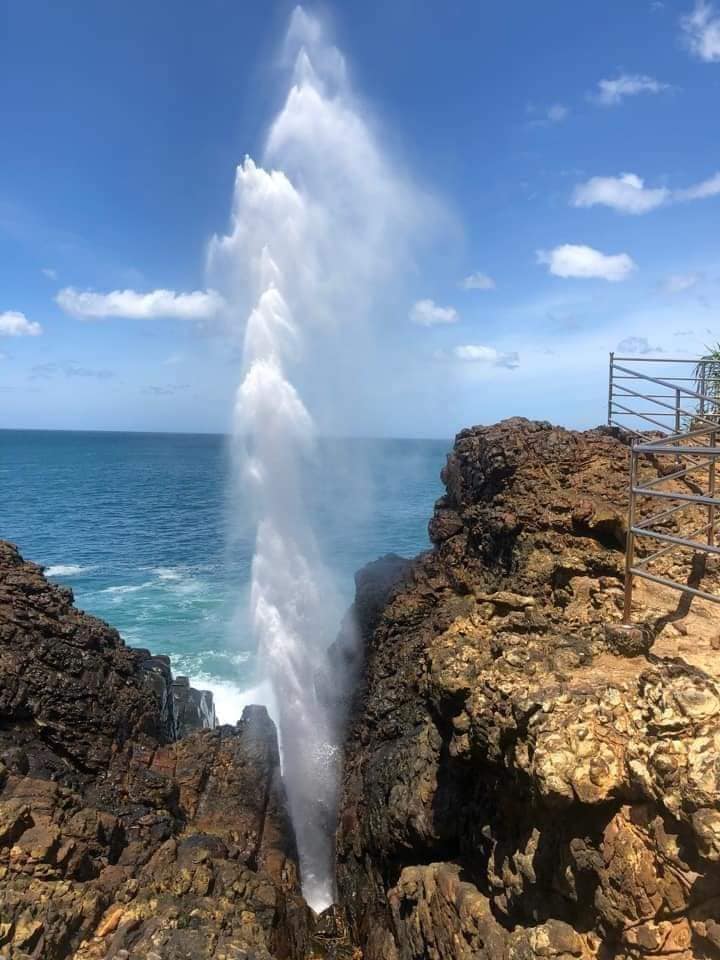
It is followed by the country’s other seaside attractions like: Mirissa (whale watching), Galle Fort (cultural landmark), Rekawa and Kosgoda (turtle hatcheries), Tangalle and Dondra (fishing and cultural heritage)
This makes Hummanaya a perfect place on the south tourist route for nature lovers, photographers, and ecologists.
Accessing Hummanaya
It is relatively simple to access Hummanaya: From Colombo: Travel south on the Southern Expressway (E01) towards Matara, then proceed to Dikwella and drive to Kudawella village via signs.
By public transport: Travel to Matara by train or bus and then take a local bus or tuk-tuk to Kudawella.
By taxi or car: Approximately 3.5 to 4 hours from Colombo depending on traffic.
Easy navigation is offered by the local guides and signboards, and the journey offers a chance to explore other scenic parts of Sri Lanka’s southern coast.

Best Time to Visit
Ideal Months: May to September (due to heavy seas)
Best Times of Day: Morning (fewer crowds) or afternoon (good light for photography)
Avoid: Extremely tranquil sea days when the water spout is less spectacular
Hummanaya Blowhole is not just a natural wonder. it is a remarkable piece of geological architecture, a cultural icon, and a colorful addition to Sri Lanka’s south coast. With its deafening roar, towering spray, and breathtaking coastal vistas, it leaves an indelible impression on anyone who happens to see it.
As Sri Lanka continues to promote sustainable and eco-friendly tourism, Hummanaya reminds one of nature’s raw, untamed power. It is a place where the ocean thunders with might and beauty, not just offering tourists a visual treat but also an intense experience of the power of the planet.
Whether you’re a visitor in search of natural attractions, a geology student, or merely a person who wants an offbeat spot to visit, Hummanaya is a sight worth witnessing that should have a place on every Sri Lankan traveler’s checklist.
Map of Hummanaya
